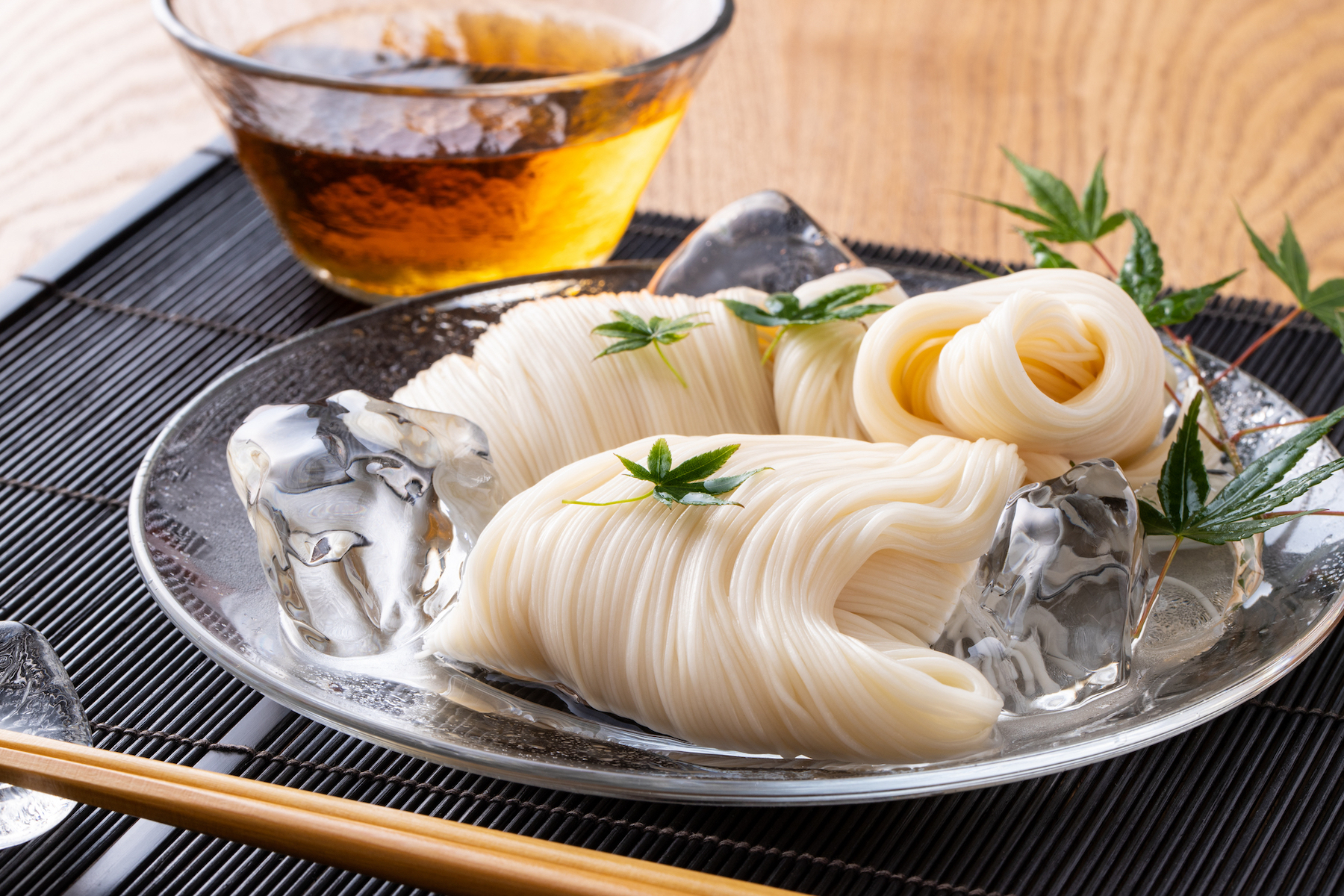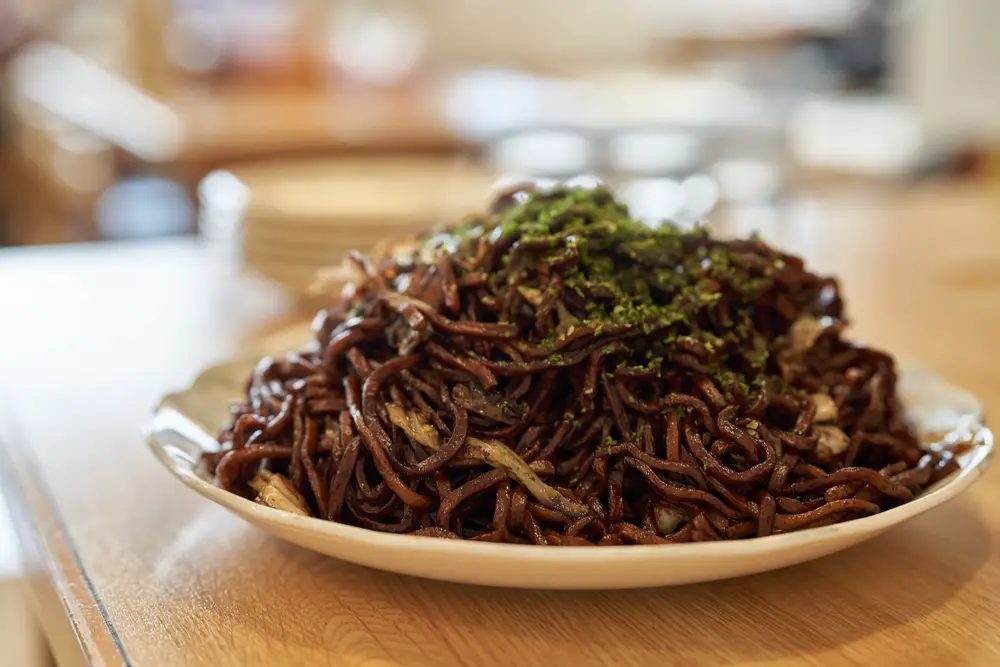What is zensai?
Zensai (前菜) is simply the Japanese word for starters or appetizers (i.e. the small dishes you eat before the main course). It is similar to “antipasto” in Italian food, or “hors d’oeuvres” for French food.
The word is a combination of zen (前) which means “in front” or “before”; and sai (菜) which means “side dish” (it also means vegetable).
Other ways to say appetizers in Japanese are sakizuke (先付け) and mukozuke (向付け). These terms are often used in kaiseki (かいせき) cuisine (i.e. Japanese style set course meal).
Popular types of Zensai
There are infinite types of “zensai” in Japan. You can get the typical things like salads and soups, to more “Japanese” style foods like sashimi and tofu dishes.
Here are a few basic appetizers you can find in Japan (particularly at izakayas):
Tamagoyaki (卵焼き)
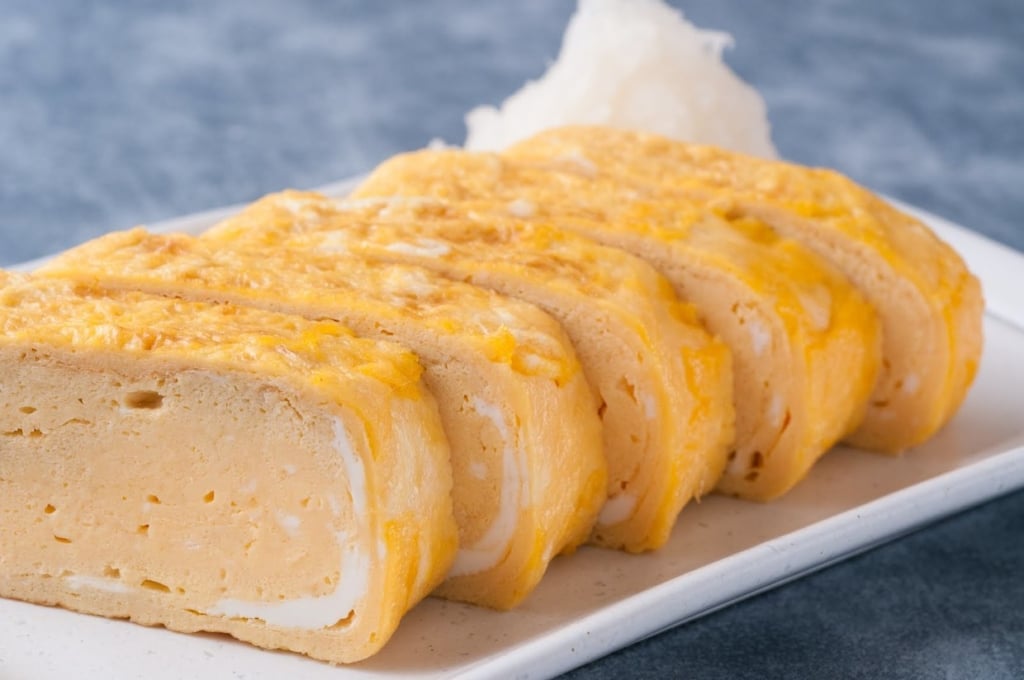
Tamagoyaki is a Japanese-style rolled omelette. It is made by continuously rolling thin layers of beaten eggs into a rectangular shape (using a tamagoyaki pan). It can be sweet and/or savory depending on the restaurant. Tamagoyaki is typically served as a side-dish or appetizer, but can also be found on sushi (tamago sushi 卵寿司), and as a street food.
Edamame (枝豆)
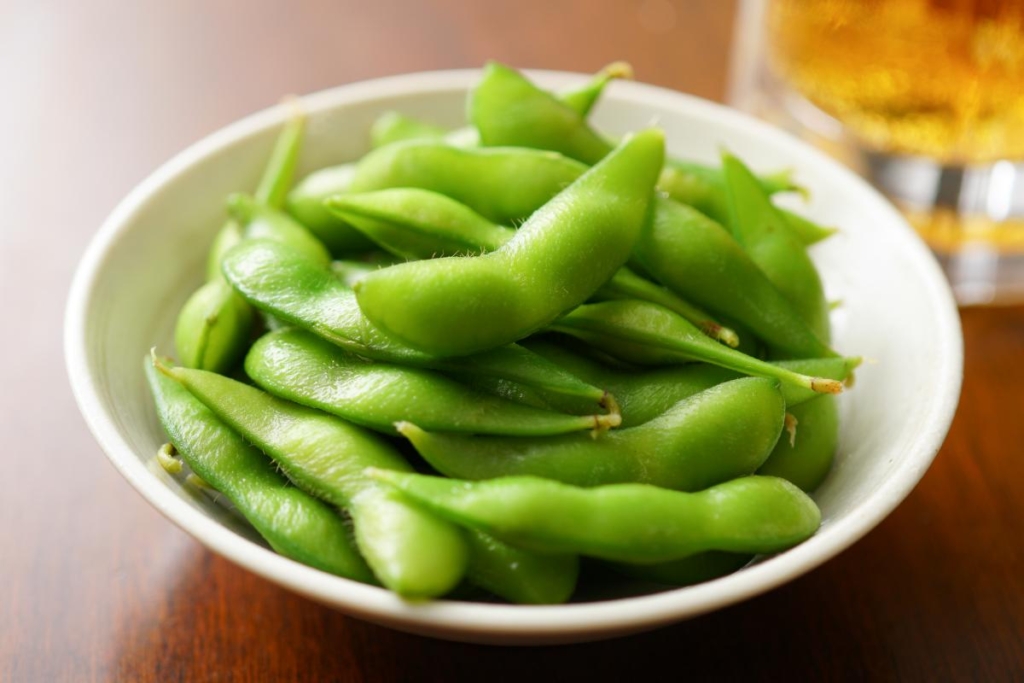
Edamame is young soybeans that are picked before they fully mature. They are simply boiled or steamed in their pods until soft, then salted and served as is. In Japan, it is most popular to eat edamame in the summertime.
Tsukemono (漬物)
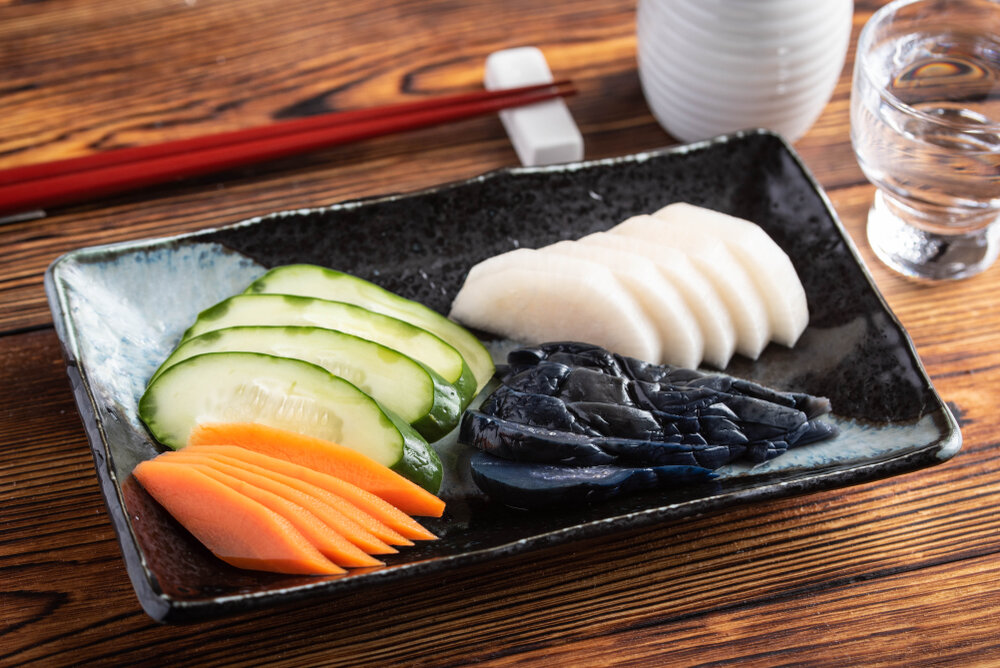
Tsukemono is a term for any Japanese pickled vegetables dishes. It is made by simply soaking vegetables in a vinegar solution (usually with salt and sugar added). The most common types of vegetables used for tsukemono are cucumber, carrots, daikon, and cabbage. Tsukemono is popular all year around, although is particularly popular and refreshing to eat in the hot summer months.
Sashimi (刺身)
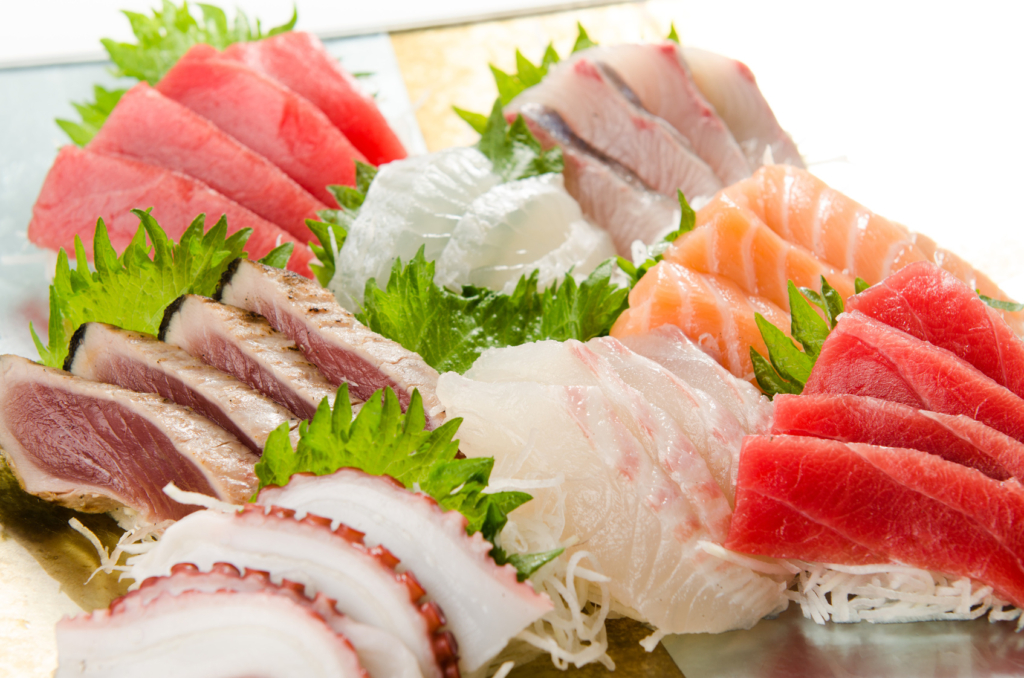
Sashimi typically refers to thinly sliced, raw fish. The most common types of fish used for sashimi are tuna (maguro), salmon (sake), yellowtail (hamachi), and mackerel (saba).
Sashimi does not necessarily have to be fish (or even seafood). Some other popular types of non-fish sashimi include octopus, squid, shrimp and beef. There is even horse sashimi in certain areas like Nagano and Kumamoto.
Oden (おでん)

Oden is a popular nimono dish (i.e. stewed dish). It consists of various ingredients boiled and simmered together slowly in a seasoned broth (i.e. dashi). Some popular ingredients used in oden are daikon, eggs, chikuwa, konjac, tofu, fishcakes, carrots and mushrooms. It is a hot dish that is most popular in the cold winter months.
Takowasa (たこわさ)
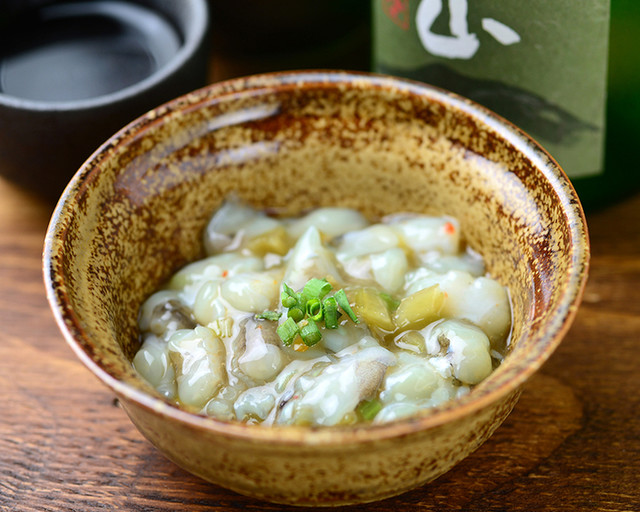
Takowasa is a popular dish made with raw octopus (i.e. “tako”), and wasabi. The two ingredients are simply mixed together along with other seasoning like soy sauce and sugar. It is one of the most popular dishes to have with alcohol thanks to its and salty and savory flavors.
Learn more about takowasa here
Hiyayakko (冷奴)
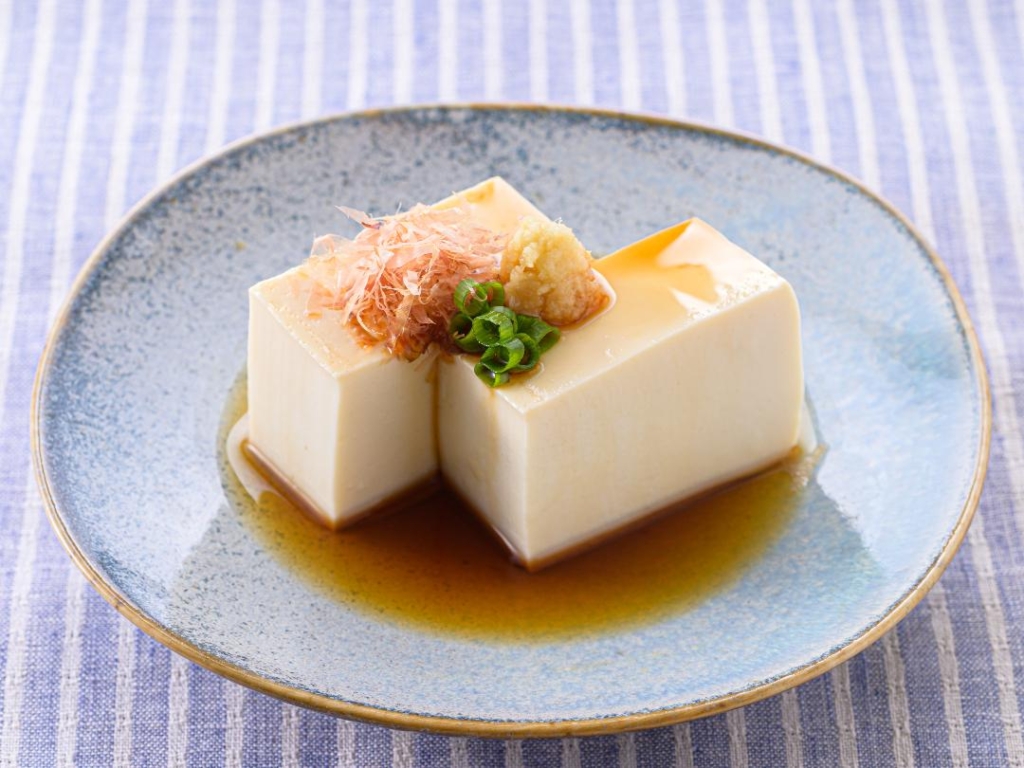
Hiyayakko is a simple dish made with chilled tofu. The tofu is simply plated and served with various toppings like grated ginger, green onions, soy sauce, or bonito flakes. Hiyayakko is especially popular in the hot summer months.
Other ways to say “appetizers” in Japan
There are a couple other words for appetizer-like dishes you may come across when eating out in Japan:
- Otoshi (お通し)
- Tsukidashi (突き出し)
Otoshi
Otoshi is a small dish that is automatically served to you before your meal when you eat at certain restaurants or izakayas.
You have no choice of the dish, and it is changed daily by the restaurant. Some restaurants will give the “otoshi” for free, but you will usually be charged a fee (even though you did not actually order it). Think of it as sort of like a service fee.
So, make sure you enjoy it.
Tsukidashi
Tsukidashi is the same thing as “otoshi”. It is the word used more commonly used in Kansai region of Japan (i.e. Osaka area).
What’s your favorite?
Which of these is your favorite zensai, or Japanese appetizer?
Did I miss your favorite on my list?
Let me know in the comments below:
